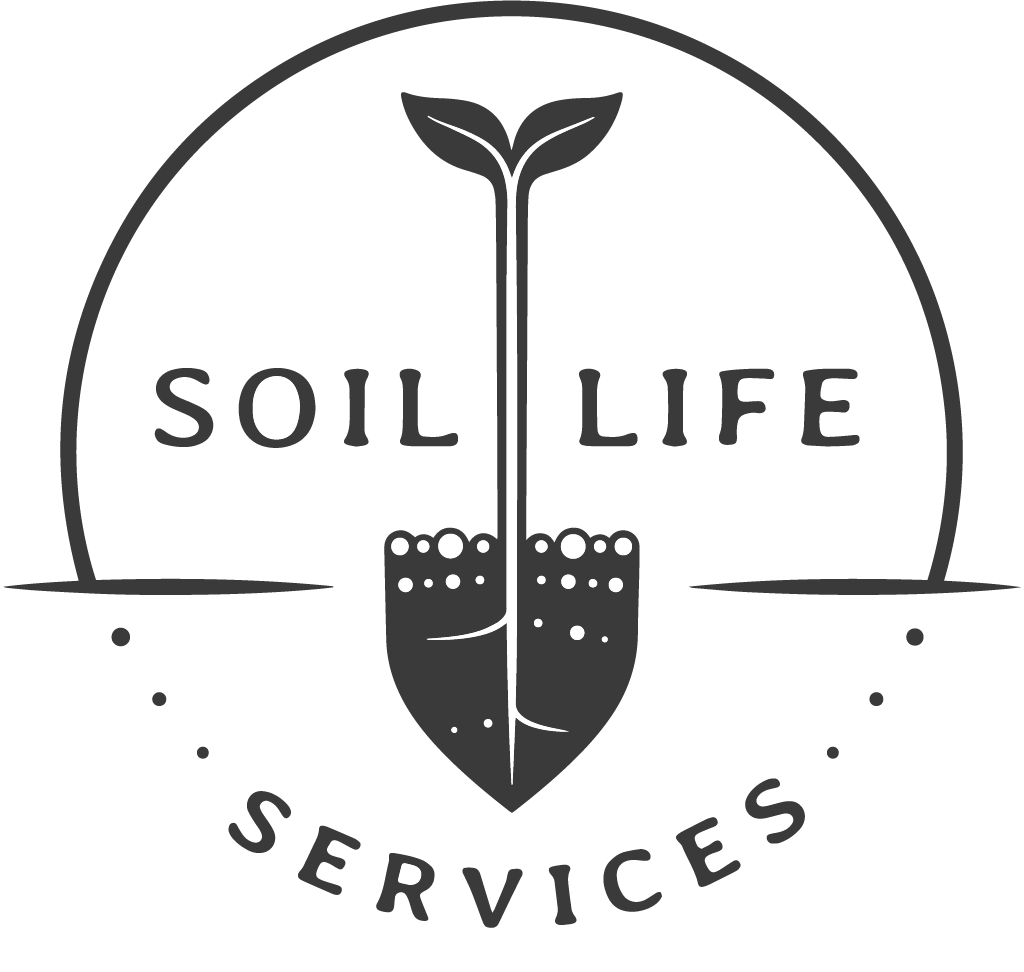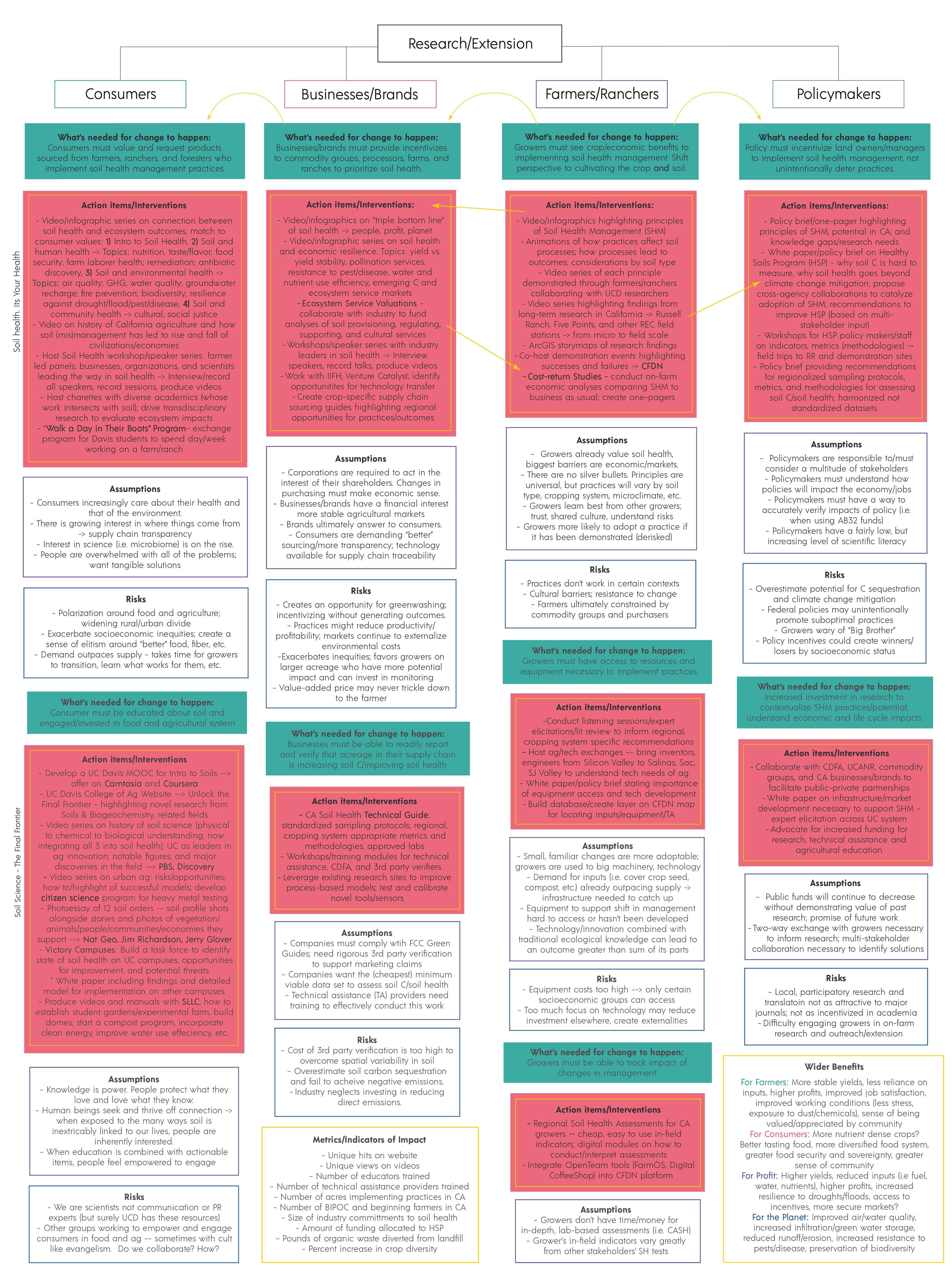Research
My research focuses on the long-term impacts of agricultural management on soil health and ecosystem services (i.e. carbon sequestration, water storage, crop nutrition).
Outreach
In an increasingly polarizing world, I seek to build bridges; bringing people together on common ground and facilitating a two-way exchange between science and society.
Education
Soil is the final frontier! Just like NASA inspired a generation of space explorers, I strive to inspire the next generation of soil explorers -- for the benefit of all!


